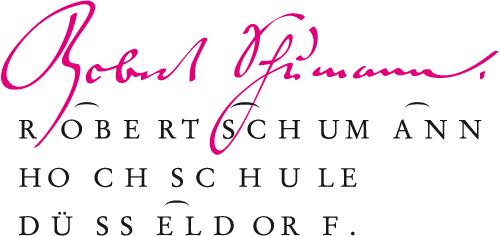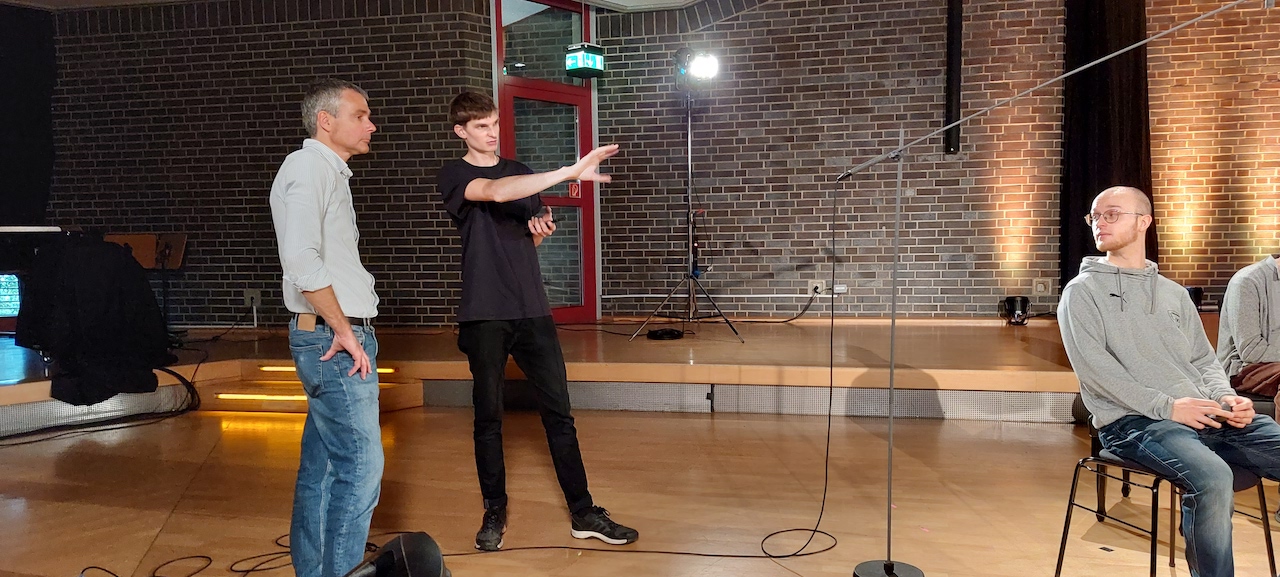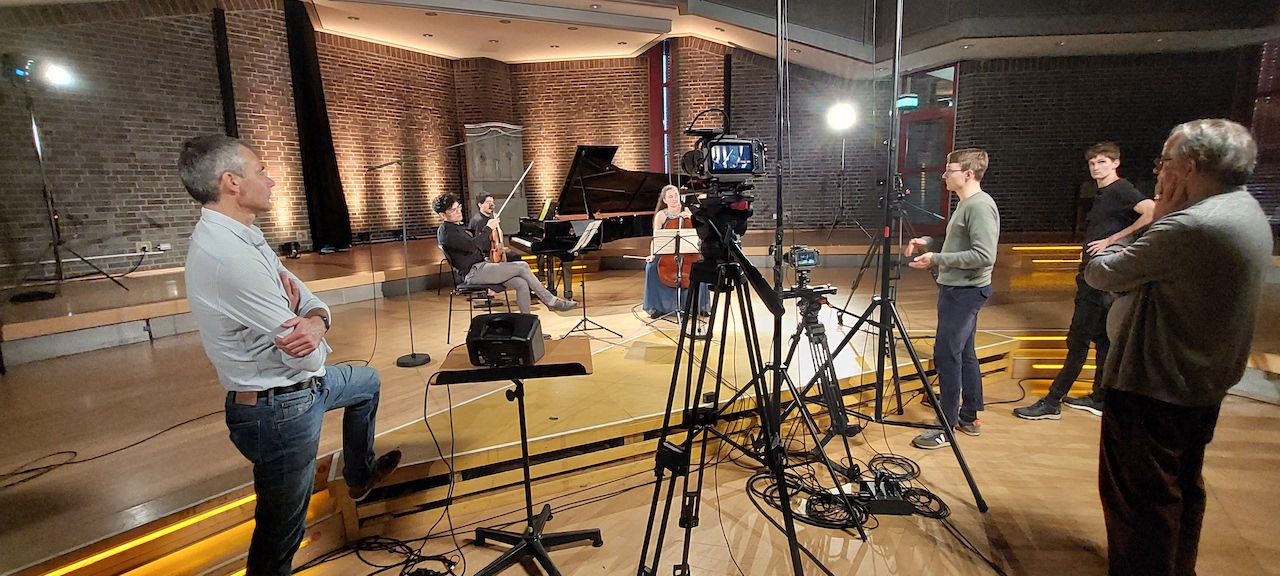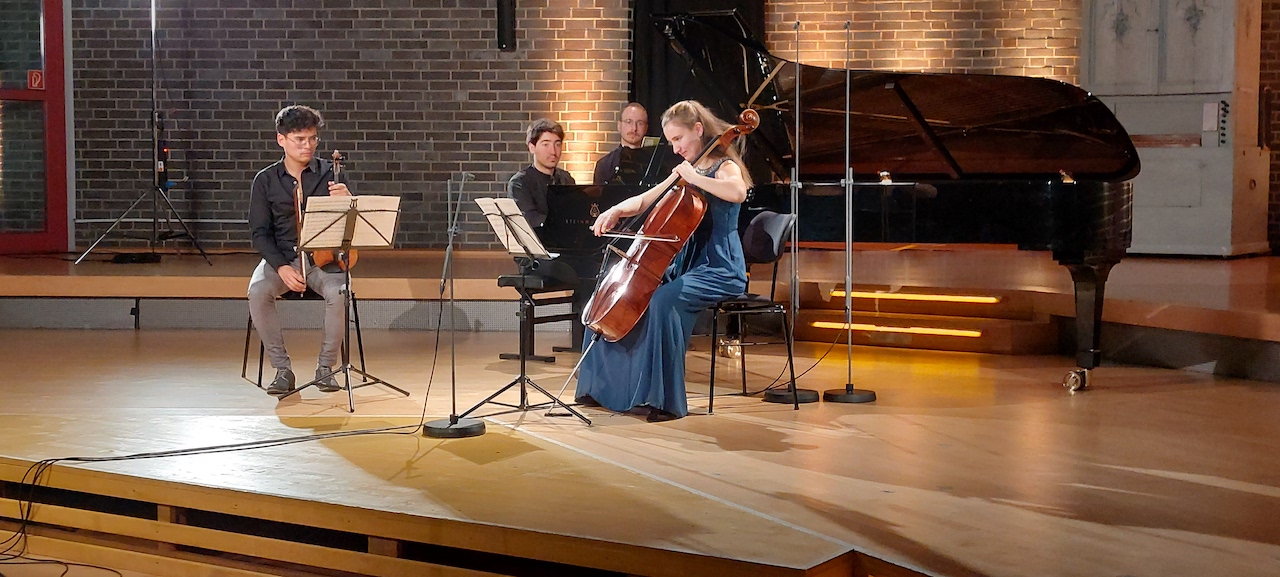Sound and Image in Classical Music
When sound and image meet in a classical music context, there’s plenty of room for conflict: the microphones must under no circumstances be visible, the spotlights cannot be too noisy, and the positioning of the musicians must simultaneously assure good sound and offer opportunities for beautiful pictures. In a three-day workshop in the Artistic Music Production master’s program, students learned how to alleviate a number of these frictions in order to get the best out of both worlds. Guest instructor Jens Braun, co-owner of Take5 Music Production in Stockholm, is well equipped to teach just that: as a trained sound engineer with a degree from Detmold University of Music, he has the highest standards for sound and musical performance; and in recent years, he’s increasingly taken on the role of visual director at Take5, which produces substantial portions of the BIS Records repertoire.
The task at hand in his seminar was the audio and video recording of a piano trio, prepared over the course of two online sessions. Benjamin Gatuzz, Esther ten Kate, and Giuseppe d´Elia played Trio No. 1, Op. 8 by Dmitri Shostakovich in a brilliant first version; two additional versions were then recorded in order to get enough viewing angles for the video editing. A few musical retakes rounded off the bravura performance, providing ample opportunity for close-ups.
On day two of the workshop, the focus was detailed audio post-production, including musical editing and fine-tuning of the mix; day three was devoted entirely to video editing. Particular emphasis was placed on the special workflow of such a production, as well as more generally on matters of artistic image design and the functions of the relevant software. Though there was still much work left to do by the end of the workshop, participants were able to leave with a great deal of new knowledge and impressions.
Text by Friedrich Wilhelm Rödding
back
Fon: +49.211.49 18 -0 www.rsh-duesseldorf.de










